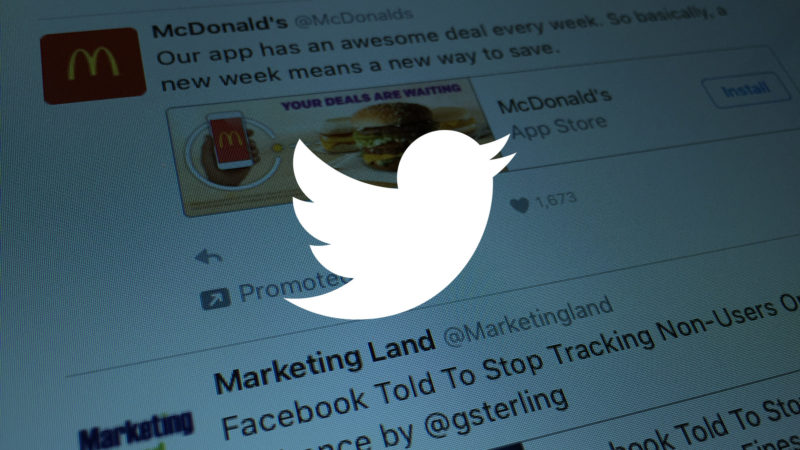Twitter officially enables 280-character limit for all accounts, including brands
Since Twitter started testing the doubled character count in September, only 5 percent of tweets have exceeded 140 characters.
Twitter is officially doubling its character count.
Less than two months after testing extending tweets’ maximum length to 280 characters, Twitter is enabling the new length for all users on Tuesday. The new maximum will apply to tweets in all languages except Chinese, Japanese and Korean, in which space is less of an issue.
Advertisers won’t yet be able to take advantage of the new length for ads created through Twitter’s self-serve platform, but they will be able to post 280-character-long organic tweets and run those as Promoted Tweets, said a Twitter spokesperson. Support for 280-character ads will roll out to Twitter’s self-serve platform sometime “in the coming months,” the spokesperson said.
The reason Twitter has quickly decided to officially adopt the 280-character maximum is that it didn’t make much of a difference, or at least not a negative one. A worry people had about the extended length was that it would make checking Twitter feel like paging through a Tolstoy novel. But that hasn’t happened.
People in Twitter’s test group who were allowed to tweet longer than 140 characters hardly did so. Of all tweets published by the test group since Twitter began testing the 280-character length in late September, 5 percent exceeded the standard 140-character limit and 2 percent topped 190 characters. “As a result, your timeline reading experience should not substantially change, you’ll still see about the same amount of Tweets in your timeline. For reference, in the timeline, Tweets with an image or poll usually take up more space than a 190 character Tweet,” Twitter product manager Aliza Rosen wrote in a company blog post published on Tuesday.
Twitter originally opted to test the expanded character count in order to alleviate people’s frustration when they hit the 140-character limit and were forced to edit themselves. Some might say that editing would be a good thing, but for Twitter, a good thing is not turning off new users, reverting to stagnating user growth and suppressing its declining ad business.
With the change, Twitter has seen that people run into fewer instances when they are forced to edit their tweets for length. Under the 140-character limit, 9 percent of English-written tweets hit the cap. However, under the 280-character limit, that number dropped to 1 percent, according to Twitter.
Opinions expressed in this article are those of the guest author and not necessarily MarTech. Staff authors are listed here.
Related stories
